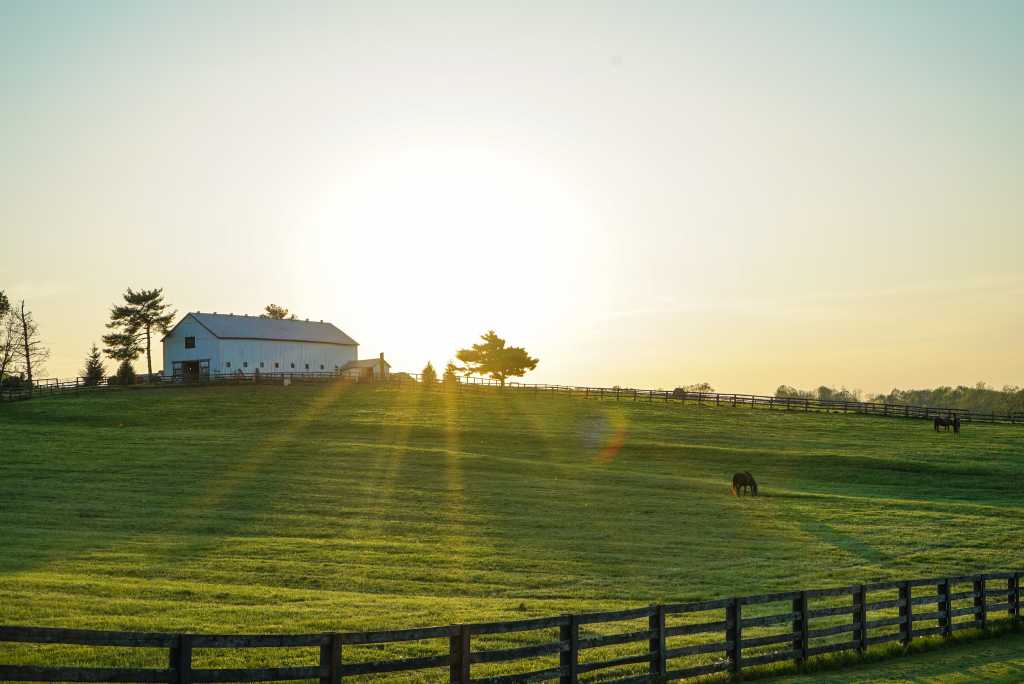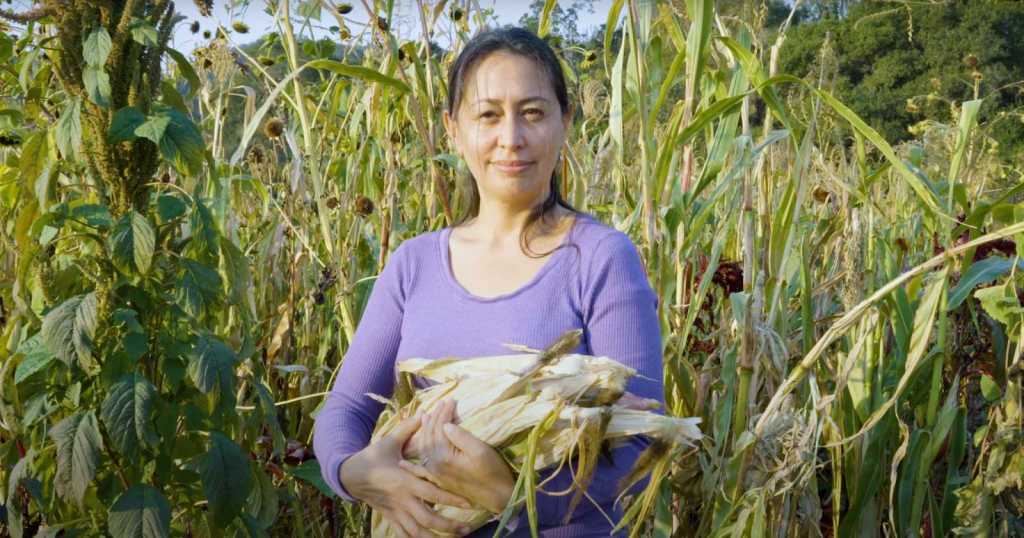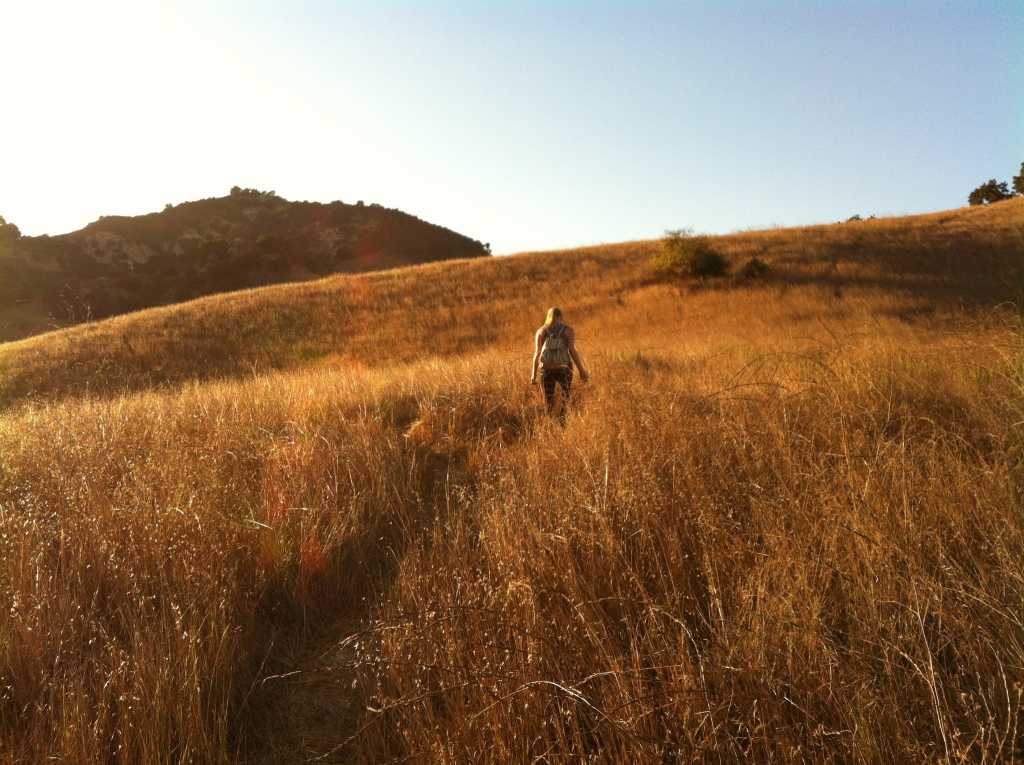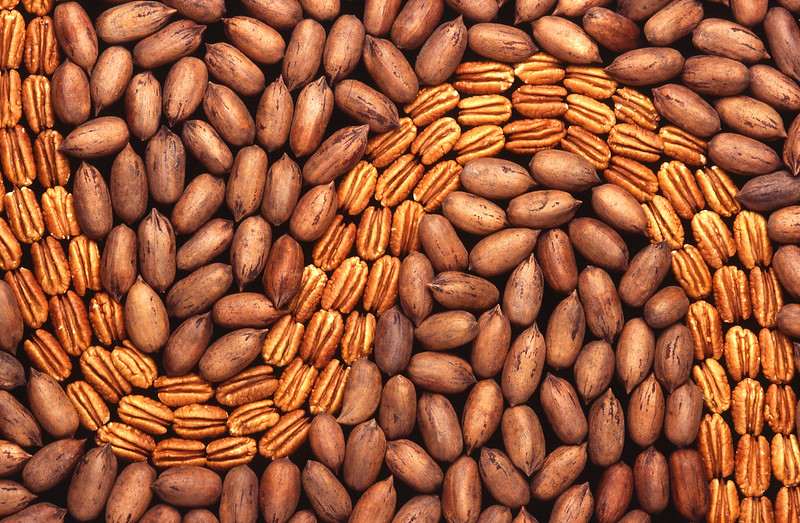The Great Plains is a vast and flat region in the central United States. Characterized by open landscapes and grasslands, this region spans across multiple states including North Dakota, South Dakota, Nebraska, Kansas, Oklahoma, Texas, Montana, Wyoming, and Colorado. The Great Plains is known for its agricultural contributions and cultural significance, and has been studied for its unique ecosystems and history – one of the most notable being the Dust Bowl.
Turbulent Times: The Dust Bowl’s Dance with Unsustainable Farming
In the 1930s, the Great Plains experienced a prolonged period of drought, called the “Dust Bowl”, sometimes also referred to as the “Dirty Thirties”. It was a period of severe environmental and agricultural crisis. This catastrophic event was distinguished by widespread soil erosion, massive dust storms, and economic hardship, resulting from a combination of natural factors and unsustainable farming practices. The lack of rainfall, combined with high temperatures and strong winds, created arid conditions that dried out the soil and vegetation.
Prior to the Dust Bowl, the Great Plains was a major agricultural region, with large areas of native grassland converted to farmland. Many farmers engaged in practices such as extensive plowing and monoculture farming (growing a single crop repeatedly), which left soil vulnerable to erosion by wind and water. Continuous plowing and planting of crops, especially wheat, led to the removal of natural grasses that held the soil together. The lack of crop rotation and insufficient use of cover crops depleted the soil’s nutrients, making it more susceptible to erosion. There was a lack of understanding about soil conservation techniques at the time. Windbreaks (rows of trees planted to block wind) and other erosion control methods were not widely adopted, exacerbating the effects of wind erosion.

The Dust Bowl occurred during the Great Depression, a period of severe economic downturn in the U.S. The combination of environmental and economic challenges created a devastating scenario for many farming families, who struggled to make ends meet.
The consequences included displacement, migration, and economic challenges. This scenario until today, serves as a poignant reminder of the consequences of unsustainable farming practices.

Dust Bowl to Green Fields: USDA-Led Initiatives Transform Land Management for Sustainability
In response to the Dust Bowl crisis, initiatives were introduced to mitigate soil erosion and conserve water resources. These programs aimed to prevent the recurrence of devastating events by promoting techniques such as contour plowing, crop rotation, and the use of cover crops. The emphasis was on preserving soil integrity, preventing erosion, and maintaining the fertility necessary for sustainable agriculture.
The United States Department of Agriculture (USDA) took a proactive role in collaborating with various stakeholders to support initiatives focused on safeguarding farmland. They support research programs on responsible land management and the impact of human activities on the environment. Soil conservation programs were established to combat erosion and conserve water resources. Over the course of more than eight decades, a collaborative endeavor involving the U.S. Department of Agriculture’s Natural Resources Conservation Service, U.S. universities, the private sector, as well as American farmers and ranchers, has been ongoing. This collective commitment has led to continual enhancements in conservation practices applied to farms, ranches, and forests. Simultaneously, these endeavors have facilitated the adoption of novel technologies and innovations designed to reduce the strain on natural resources.
It All Starts and Ends With the Soil: An American Journey of Improving the Soil
Join three generations of an American farm family and USDA’s Natural Resources Conservation Service as they focus on soil health while improving sustainability and stewardship of the land.
Green Spaces at Stake: Defending Farmland Amid Urbanization and Unsustainable Trends
The loss of agricultural land due to urbanization and unsustainable practices remains a significant concern. According to American Farmland Trust, a third of American farmland is expected to change ownership in the next 15 years. Hence, there’s a looming threat of conversion to non-agricultural uses, jeopardizing food security, environmental preservation, and carbon capture.
The importance of farmland in addressing future challenges is paramount. Projected increases in food demand highlight the necessity of not only enhancing productivity through technology, but also safeguarding agricultural land. Beyond sustenance, farmland supports biodiversity, water systems, and carbon storage. Addressing climate change necessitates a focus on carbon removal, where farmland plays a pivotal role.
The emphasis is on retaining agricultural land and promoting sustainable practices. Recognizing that farmers’ presence and knowledge are essential, efforts are aimed at securing their roles for long-term success. To meet future demands, safeguarding farmland, promoting sound practices, and ensuring the continuity of farming communities are of utmost importance.
Nurturing Tomorrow’s Harvest: USDA’s Push for Advanced Conservation Farming
USDA has made significant efforts to promote environmentally sustainable farming practices. These practices, including contour farming, no-till methods, and cover crops, have been adopted by numerous farms and ranches, resulting in improved soil health and reduced runoff. However, the cautious nature of farming, limited profits, and the aging farmer population have sometimes hindered the rapid adoption of these practices.

The urgency to confront environmental challenges, notably climate change, underscores the need for farmers to embrace advanced conservation practices. Traditional “best practices” may fall short, leading to a call for the adoption of “next practices.”
These advanced techniques, focused on enhancing soil health for carbon sequestration, require incentives due to their potentially higher costs.
Many American farmers prioritize land protection and acknowledge that while weather can’t be controlled, soil, water, and animal care can be managed. The central question is how to improve future farming practices, aiming for healthier soil for crop and livestock production.
The goal is to leave the land in a better state than it was inherited and ensure the industry’s longevity by promoting sustainable soil management and research. The USDA’s Natural Resources Conservation Service plays a pivotal role in enhancing soil health, sustainability, and land stewardship.



